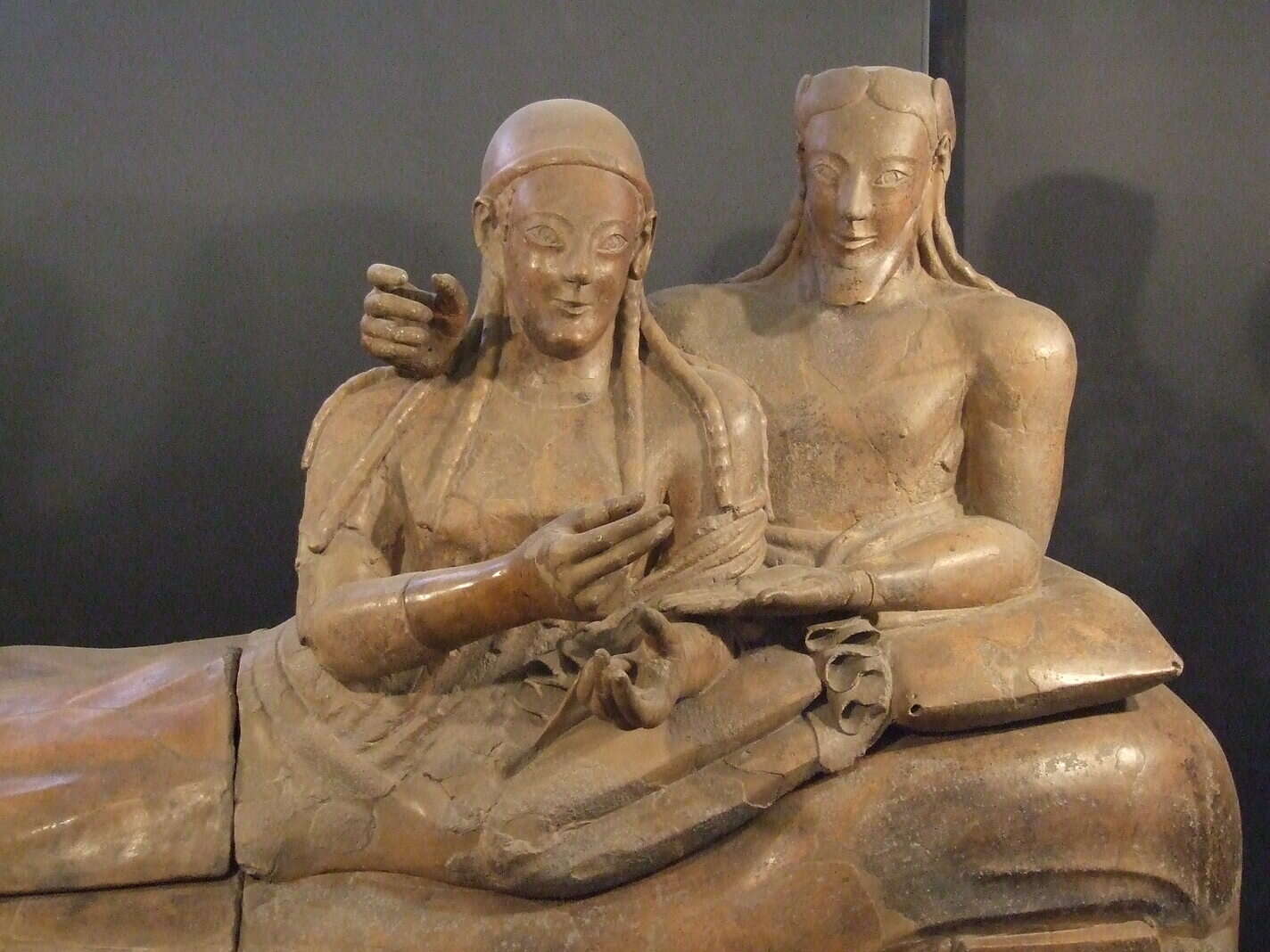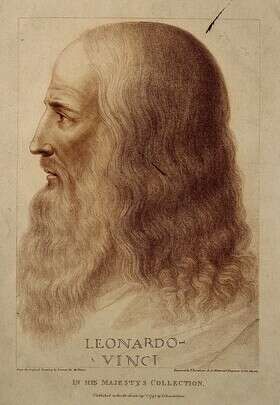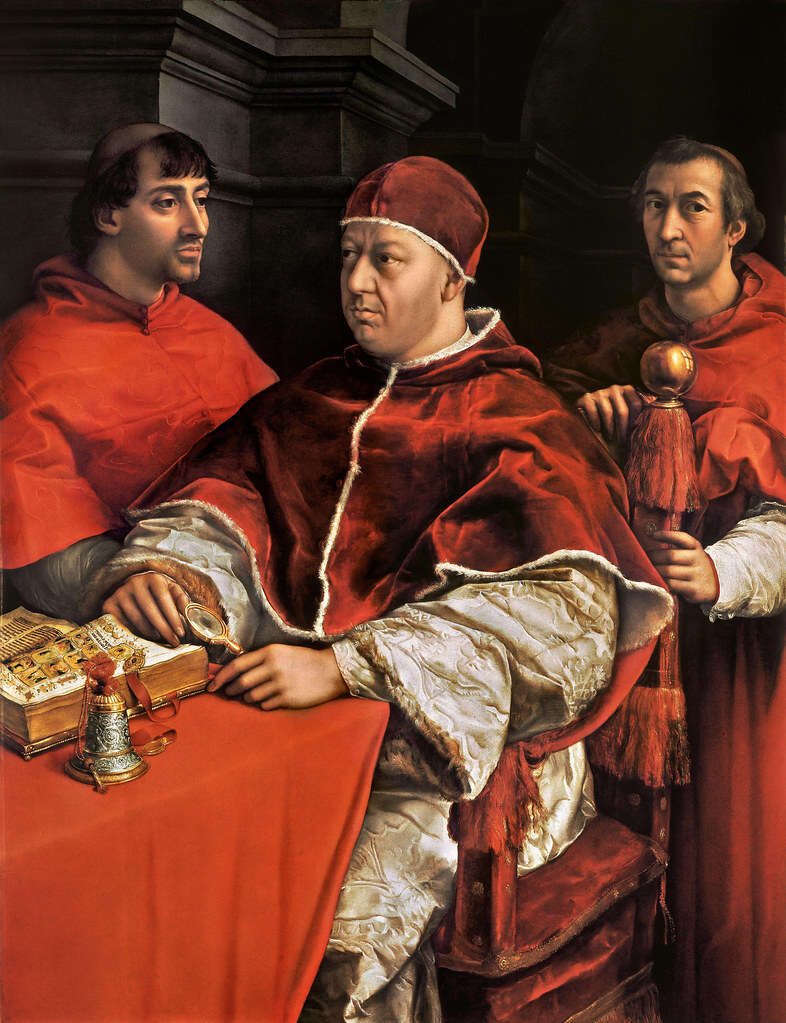History of Tuscany
With its rugged peaks, rolling hills, vineyards and other impressive sceneries, Tuscany is also rich in history. The region has been home to several ancient civilizations, including Etruscans, Romans, Goths, Lombards, etc. This land is noted for many great influential figures who changed the world once and for all, for example, Leonardo da Vinci, Michelangelo, Lorenzo de' Medici, Galileo Galilei, Dante Alighieri. The cradle of Renaissance and Italian language, Tuscany is a unique and desirable destination for every art lover worldwide.
Apennine culture
In the late second millennium BC, the Tuscan area was inhabited by people of the so-called Apennine culture. They had trading relationships with the Minoan and Mycenaean civilizations in the Aegean Sea region, who were also chiefdoms at that time. Following this, new civilizations arose – Proto-Villanovan and later the Villanovan culture. City-states developed in the late Villanovan before the full-blown Orientalizing revolution and the Etruscan civilization's occurrence.
Etruscans
The Etruscans settled in the area from the Alps to the Tiber River from about the 8th century BC. Today's name Tuscany derives from the Latin name of the Etruscans - "Tusci". A large and flourishing population, the Etruscans had a major impact on their region's culture, trade and politics, creating the first major civilization in this area. They were industrial people thriving on trade, seafaring, creating art, painting on walls and coloring pottery. Their skilled workers made weapons and jewelry from bronze and iron. Etruscans are very often described as more interested in trade than war.
Achievements of influential civilization included an advanced religion, a sophisticated system of writing, meaningful civic life and economic prosperity. Modern archaeological and ethnographic studies of their culture show that the Etruscans appeared to be a people with a shared sense of cultural and ethnic identity, forming a distinct cultural branch that made an important contribution to later traditions of Europe and the Mediterranean.
Romans
The Etruscan city-states were gradually ruled by the Romans. By the 3rd century BC, the Romans had established new cities of Pisa, Lucca, Siena and Florence. The Roman empire brought peace to the region for many centuries as well as new technologies, such as aqueducts, a new transportation system, mining, military ammunition and medicine.
There are many reasons for the success of the Roman Empire, but two were crucial. Firstly, Rome had a very well-organized social and political structure. Secondly, Rome had the best army in the region. Society was divided into strata or classes of people. The highest class was that of the patricians. They were considered noble and were given special treatment as well as rights and privileges not enjoyed by other classes in society. The middle class was made up of plebians, also referred to as commoners. They had fewer rights than patricians but more than those who belonged to the lowest class in society, known as slaves or serfs. Enslaved people had no rights at all and could be bought and sold like animals or property.
Medieval period
After the fall of the Roman Empire, the Goths came first, then the Byzantines, and in the 6th century, the Lombards, who founded the duchy of Tuscany and chose Lucca as their headquarters. However, in the 11th century, the greatest power gained the city of Pisa, creating a trading empire with branches throughout Europe and a large naval fleet in the Mediterranean. The Pisanians even took part in the First Crusade and the conquest of Jerusalem in 1099.
Siena, Lucca and Florence during the 13th century were notable banking centers that originated the use of the bill of exchange. The city council in Siena prevented constant riots between the individual districts (contrades) by directing them to sports competitions, i.e., boxing tournaments, bullfights and later the Palio race, which takes place to this day.
In 1348, a catastrophic plague of the Black Death hit Tuscany, killing 70% of the Tuscan population and destroying the prosperity of the cities. In 1630, Florence and Tuscany were once again ravaged by the plague.
Renaissance
The Renaissance was a cultural and intellectual movement that peaked during the 15th and 16th centuries. Its influence affected literature, philosophy, art, politics, science and other aspects of society. Tuscany, and especially Florence, is regarded as the birthplace of the Renaissance.
Florence truly flourished in the 15th century, when it was ruled by the powerful Medici family, who were great patrons of the arts. An incredibly wealthy family promoted the Florentine Renaissance and supported artists such as Leonardo Da Vinci, Michelangelo Buonarroti, Sandro Botticelli and Dante Alighieri.
During the 14th-15th century, Siena enjoyed a cultural "Sienese Renaissance." It was more conservative, being inclined towards the decorative beauty and elegant grace of late Gothic art. Its most important representatives include Duccio, Simone Martini, Pietro and Ambrogio Lorenzetti, Domenico and Taddeo di Bartolo, Sassetta and Matteo di Giovanni.
Modern era
By the time the last Medici died in the early 1700s, Tuscany had been fundamentally changed. The dynasty of the Lorena ruled Tuscany until 1860, with the exception of the Napoleonic period, when most of the country was annexed to the French Empire. The intentions of Napoleon Bonaparte were to make Tuscany one of the most liberal areas on the Italian Peninsula. However, during Austrian dominance, Tuscany did not break apart as it had done before. Instead, it was more united than ever, and in the early 19th century, revolutions took place to separate the region from its Austrian rulers. After the Second Italian War of Independence, Tuscany became part of the new Kingdom of Italy.
Under Benito Mussolini came the fascist regime. In 1946 the monarchy was abolished and a republic was declared. The post-war economic miracle restored the country to prosperity. Tuscany once more flourished as a cultural centre of Italy.








